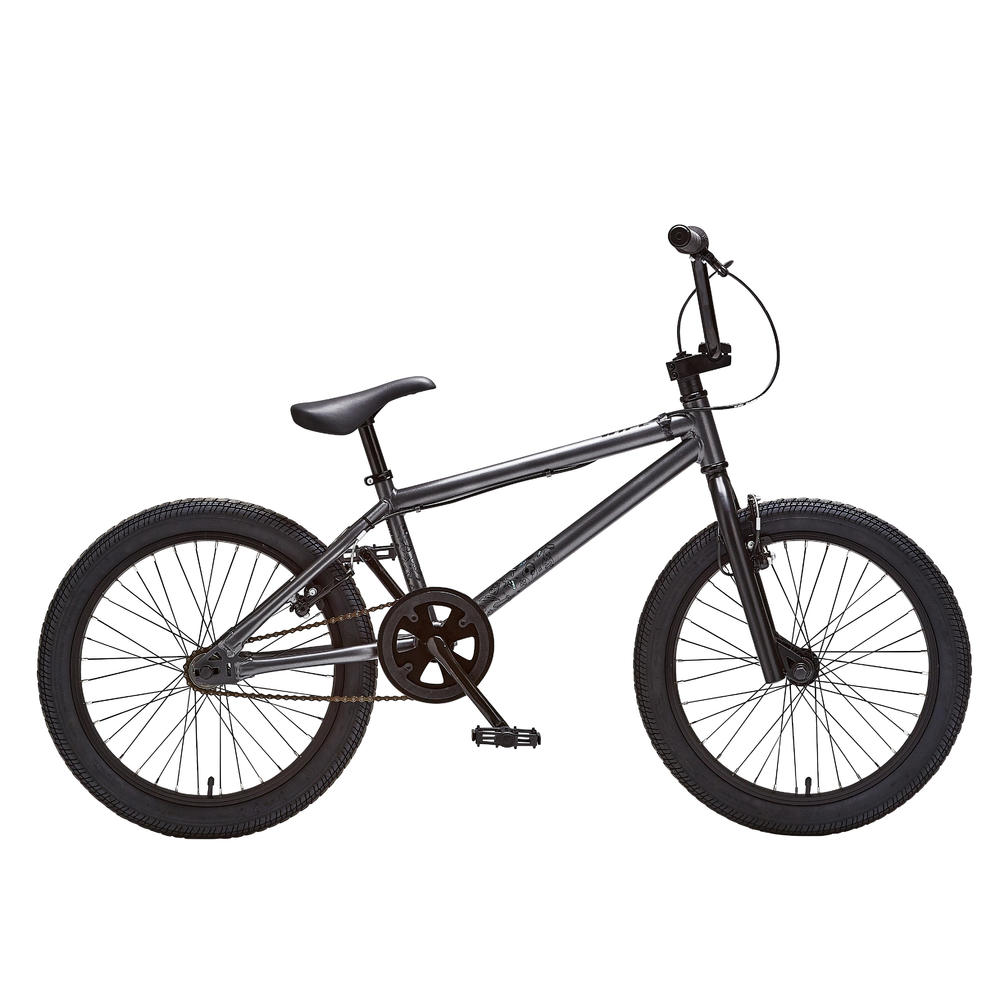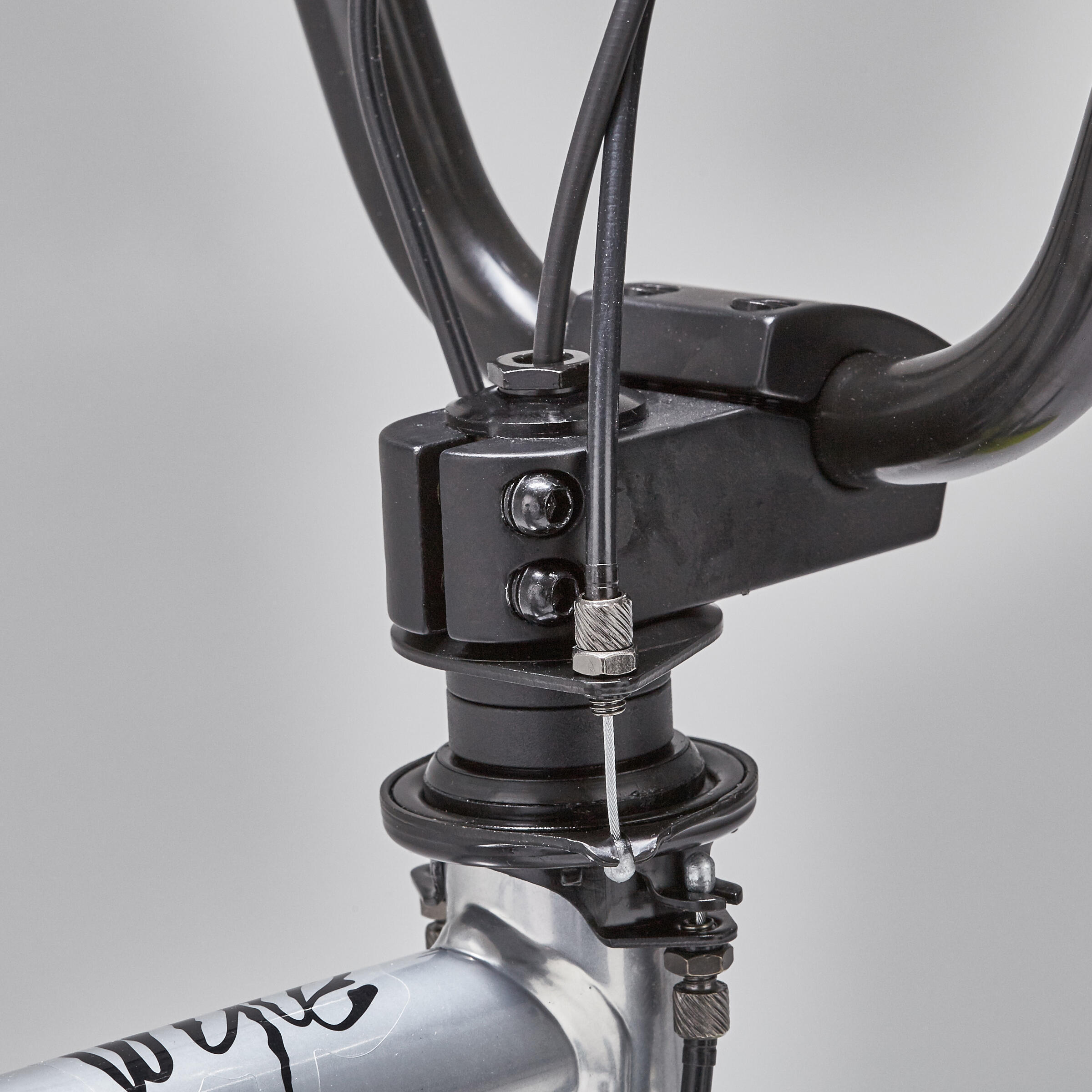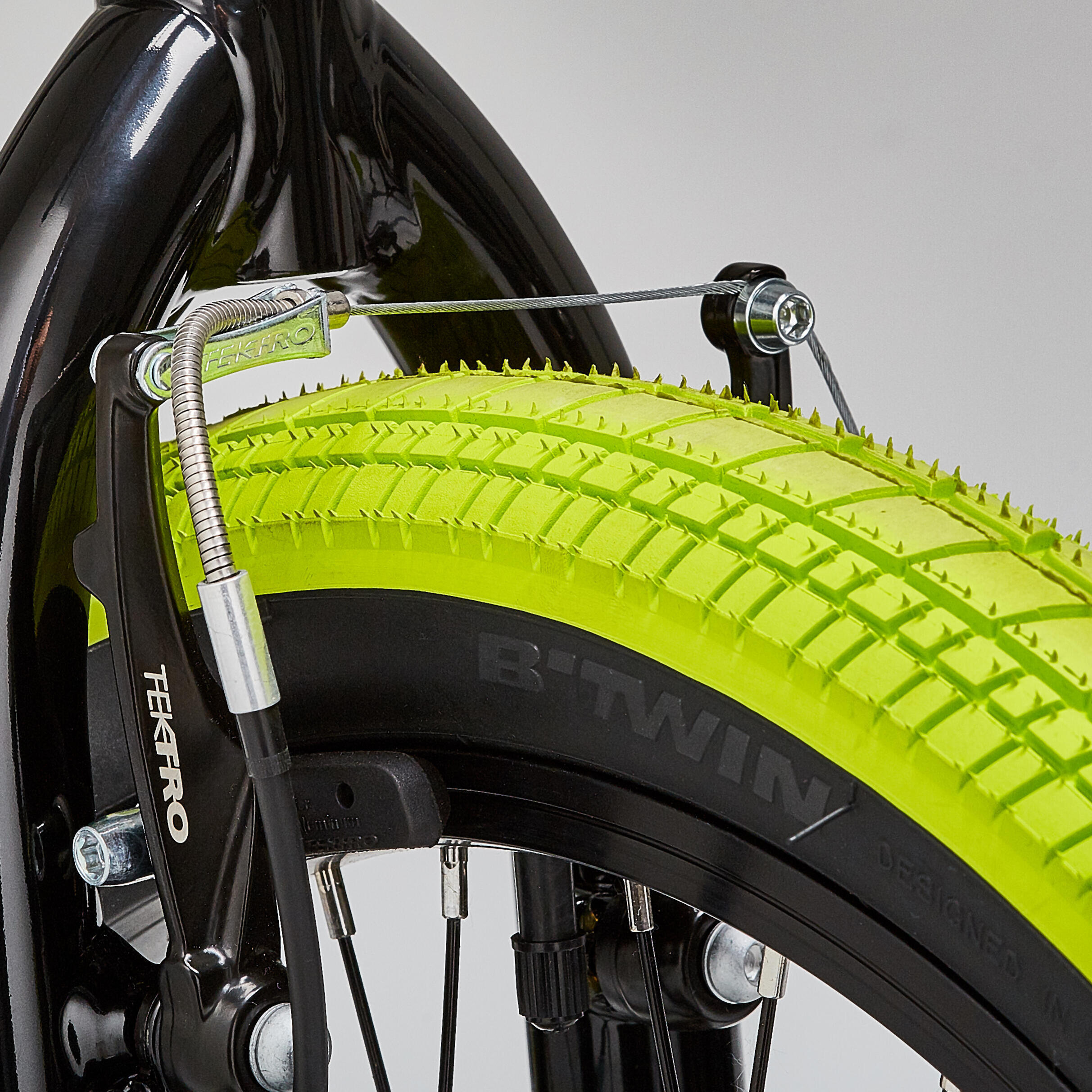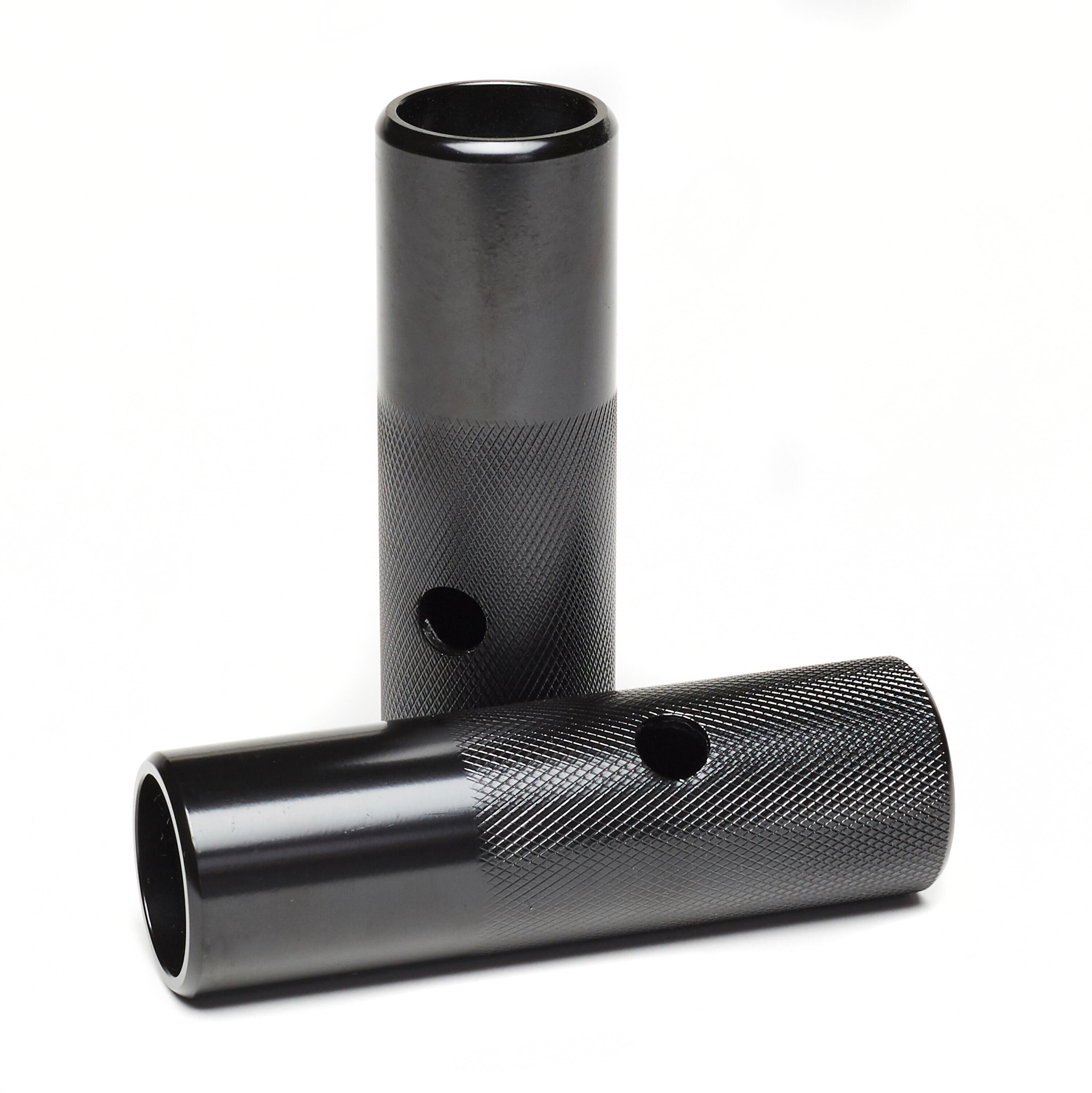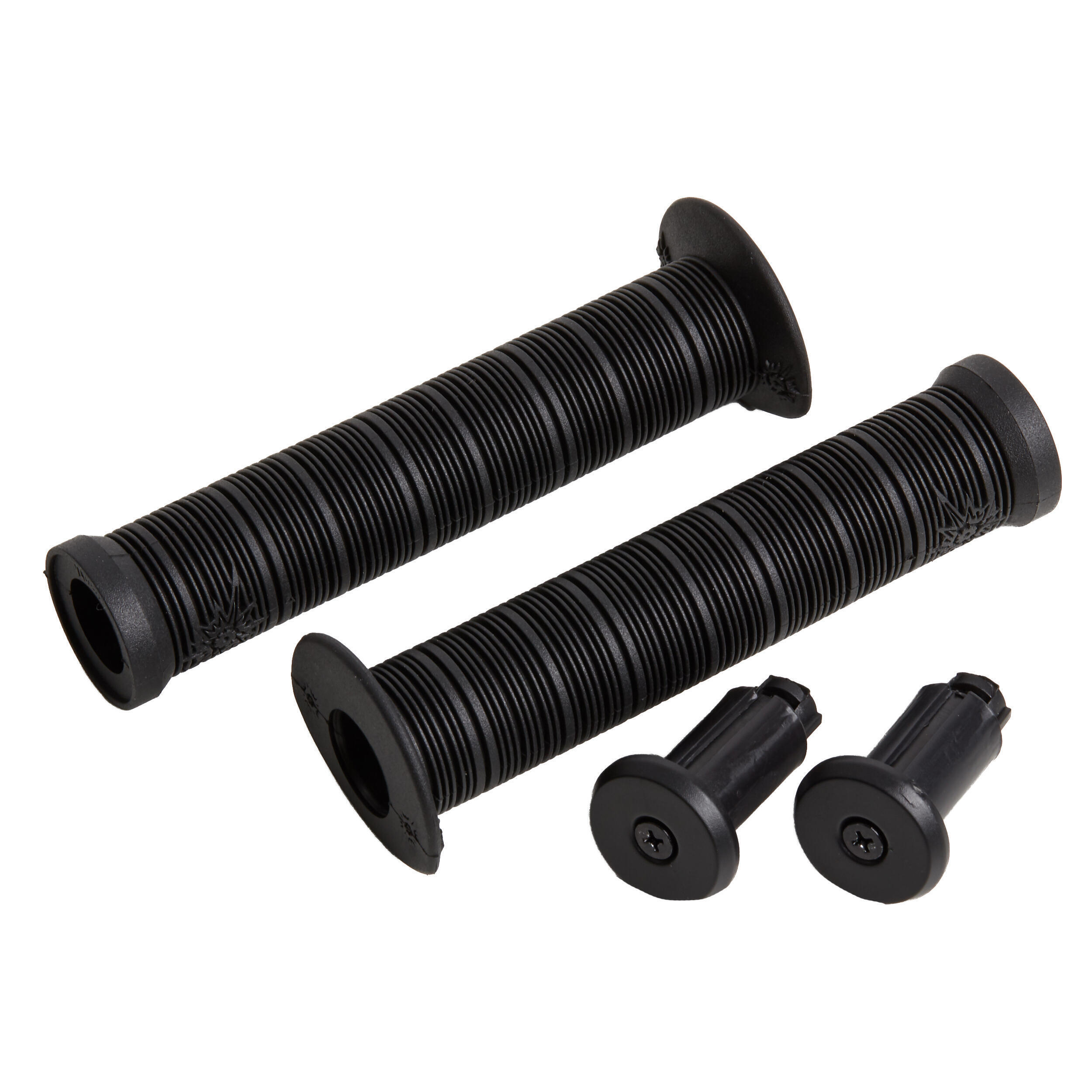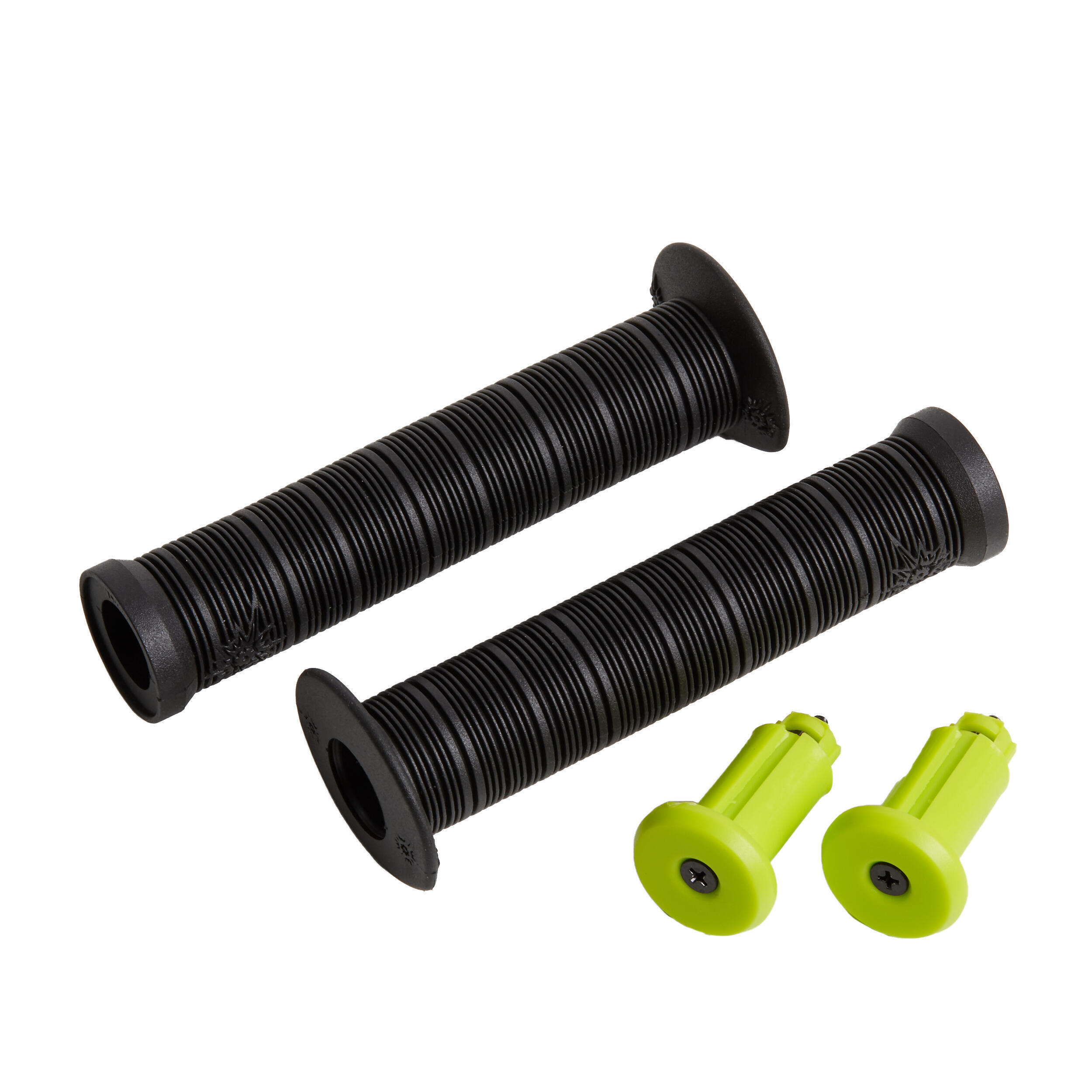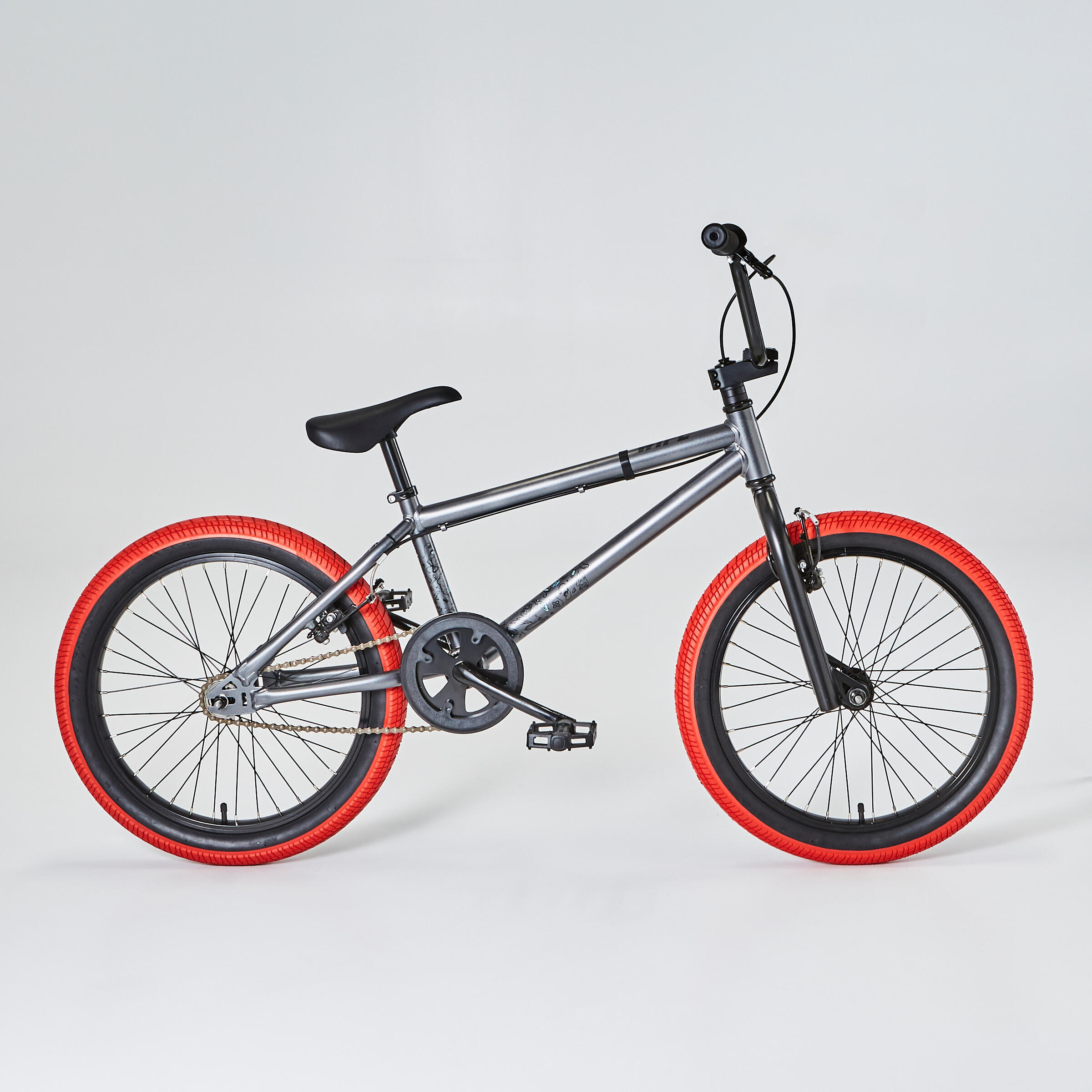Our btwin commitments
BTWIN provides a lifetime warranty on the frame, handlebar and stem of this BMX (under normal conditions of use).
All other parts have a two-year warranty.
When you start riding your bike, some components will move slightly. It's for that reason that we offer a free check of your BMX three months after purchase.
